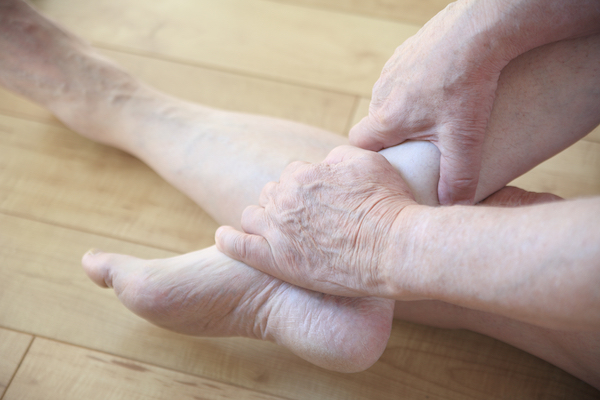Varicose veins, those enlarged and twisted veins often found on the legs, affect millions of people worldwide, causing discomfort and sometimes leading to more serious health issues. Traditionally, surgery was a common treatment option for severe cases of varicose veins. However, advancements in medical technology have led to the development of alternative treatments like sclerotherapy, offering patients a broader range of choices based on their specific needs and the severity of their condition. Surgery, such as vein stripping and ligation, has been a longstanding method to remove varicose veins. This invasive approach involves making incisions to access the affected veins and physically removing them from the body. While effective, surgical procedures can be associated with greater risks, longer recovery times, and potential complications such as scarring and nerve damage. Despite these drawbacks, surgery remains a viable option for cases where varicose veins are extensive or when other treatments have been ineffective.

In contrast, sclerotherapy has gained popularity as a minimally invasive alternative to surgery. During this procedure, a specially trained healthcare provider injects a solution directly into the affected veins. The solution irritates the lining of the veins, causing them to collapse and eventually fade away. Over time, the treated veins are reabsorbed by the body, improving both the appearance and symptoms associated with varicose veins. Sclerotherapy is particularly suitable for smaller varicose veins and spider veins, offering a quick recovery time and minimal discomfort for patients. One of the key advantages of sclerotherapy is its versatility. It can be performed in an outpatient setting, often taking less than an hour to complete depending on the number and size of veins being treated. Patients typically resume normal activities immediately after the procedure, although strenuous exercise and prolonged standing may be advised against temporarily and read more here. Multiple sessions may be required to achieve optimal results, especially for individuals with extensive varicose veins.
Furthermore, advancements in sclerotherapy techniques and solutions have improved outcomes and reduced side effects. Foam sclerotherapy, for instance, involves mixing the sclerosant solution with air or carbon dioxide to create foam that can treat larger varicose veins more effectively. This method allows for better distribution of the solution within the vein, enhancing its closure and reducing the likelihood of complications. The choice between surgery and sclerotherapy often depends on the individual patient’s condition, preferences, and the recommendations of their healthcare provider. It is important for patients considering varicose vein treatment to consult with a qualified vascular specialist to determine the most appropriate approach for their specific needs. Factors such as the size, location, and severity of varicose veins, and the presence of underlying venous insufficiency, will influence the recommended treatment plan. By discussing these options with a healthcare provider, patients can make informed decisions that align with their health goals and preferences. Both approaches offer effective solutions for managing varicose veins, providing patients with choices that prioritize safety, efficacy, and overall quality of life. Whether opting for surgery or sclerotherapy, the goal remains the same: to alleviate symptoms, improve appearance, and reduce the risk of complications associated with varicose veins.